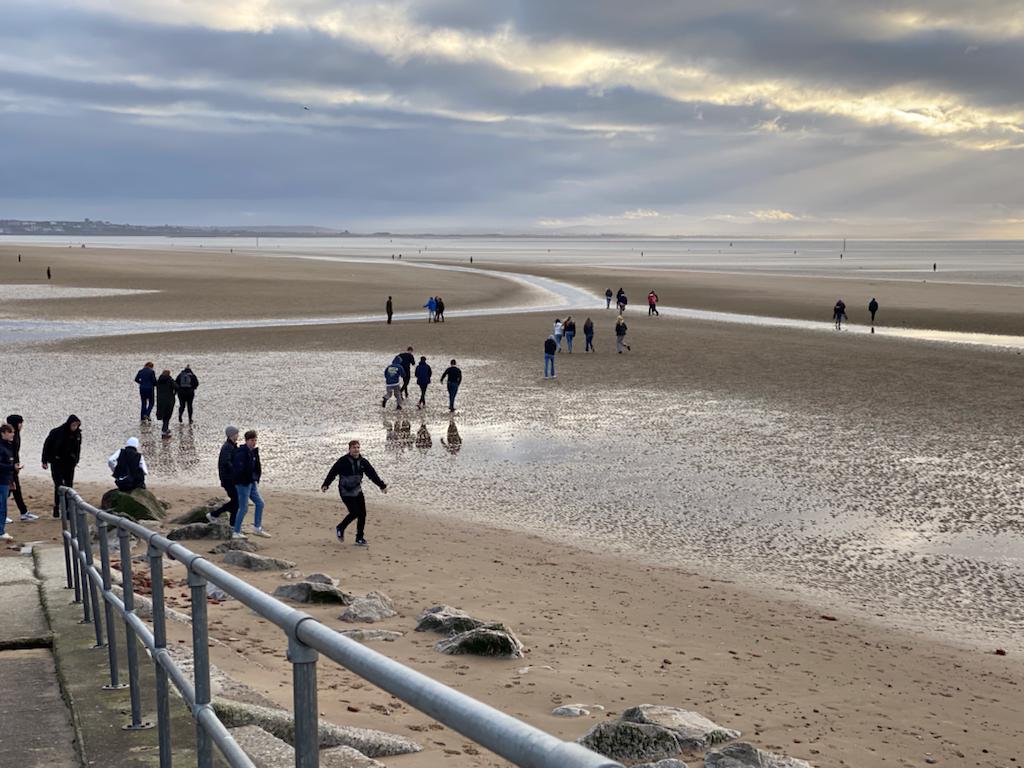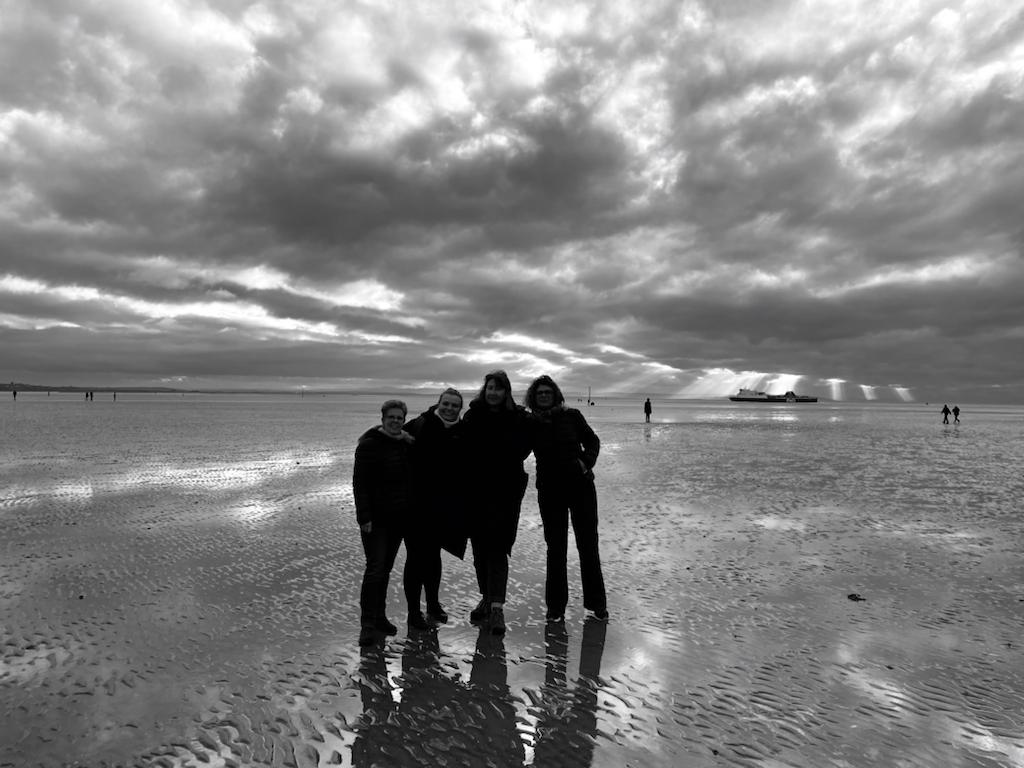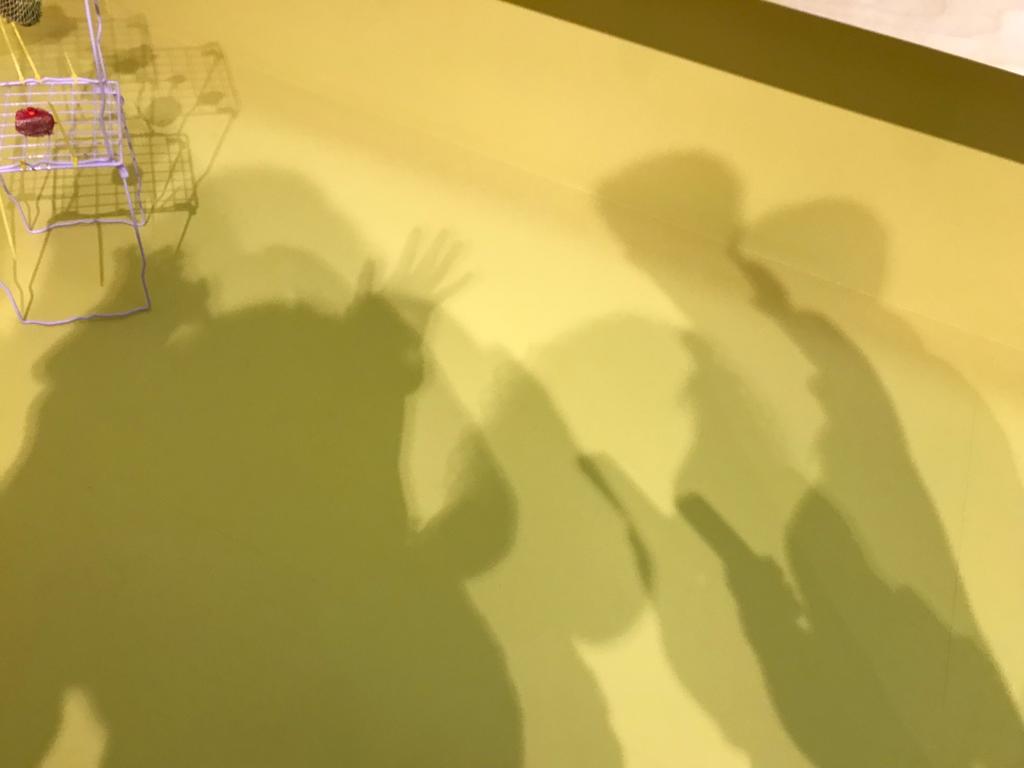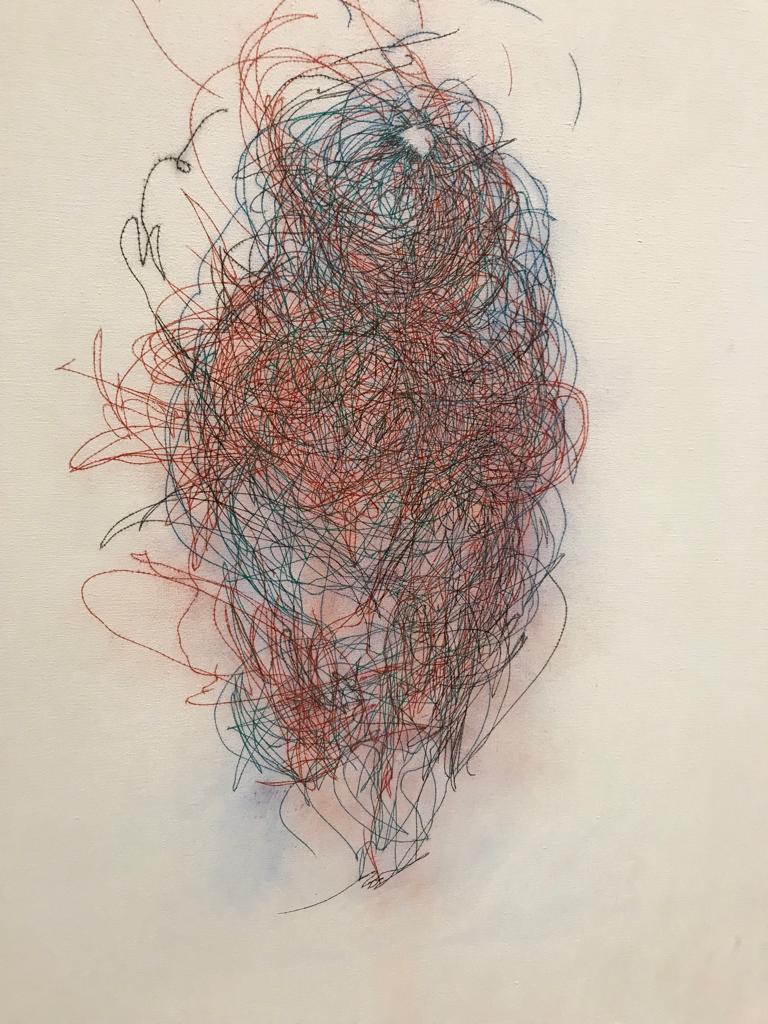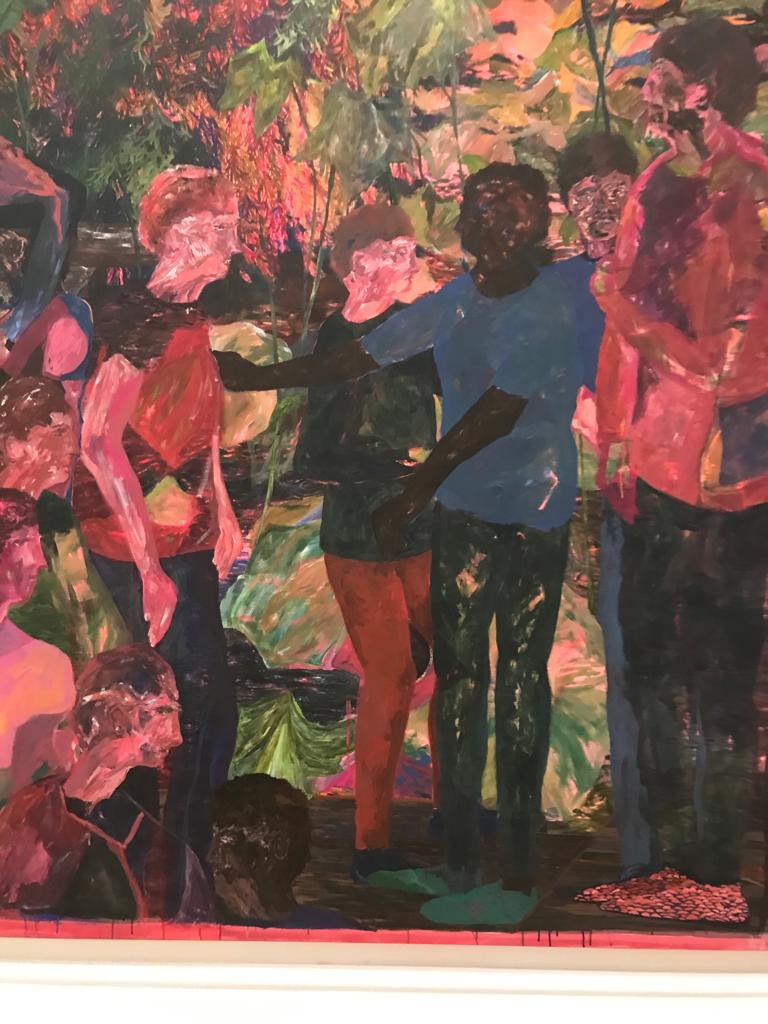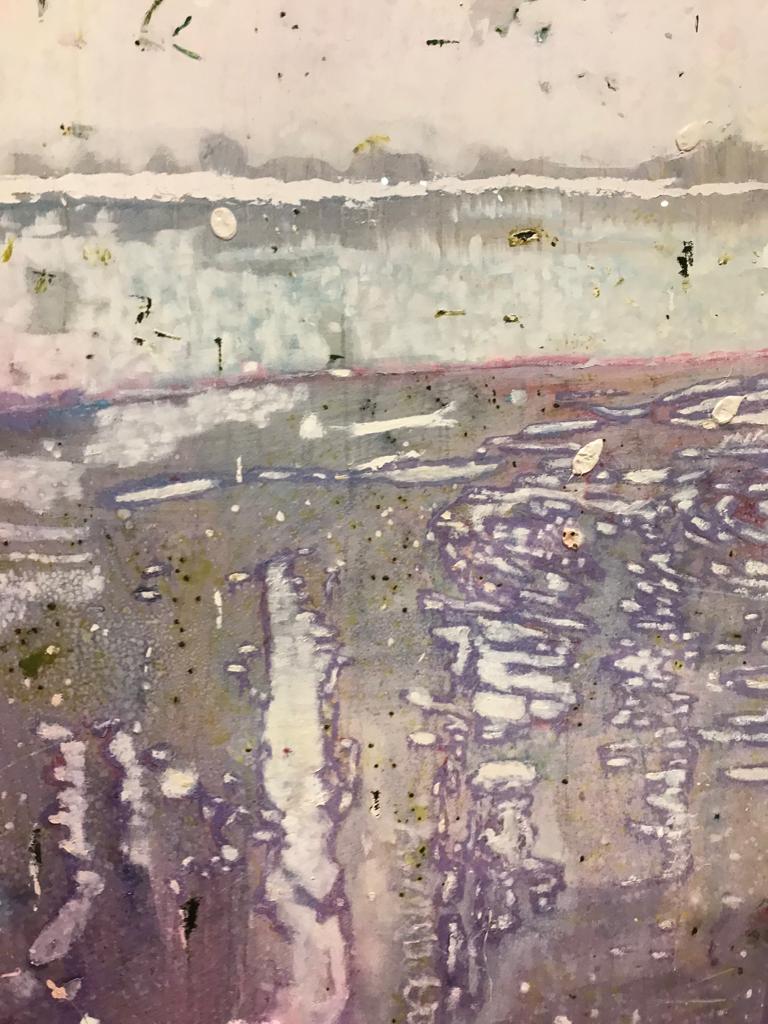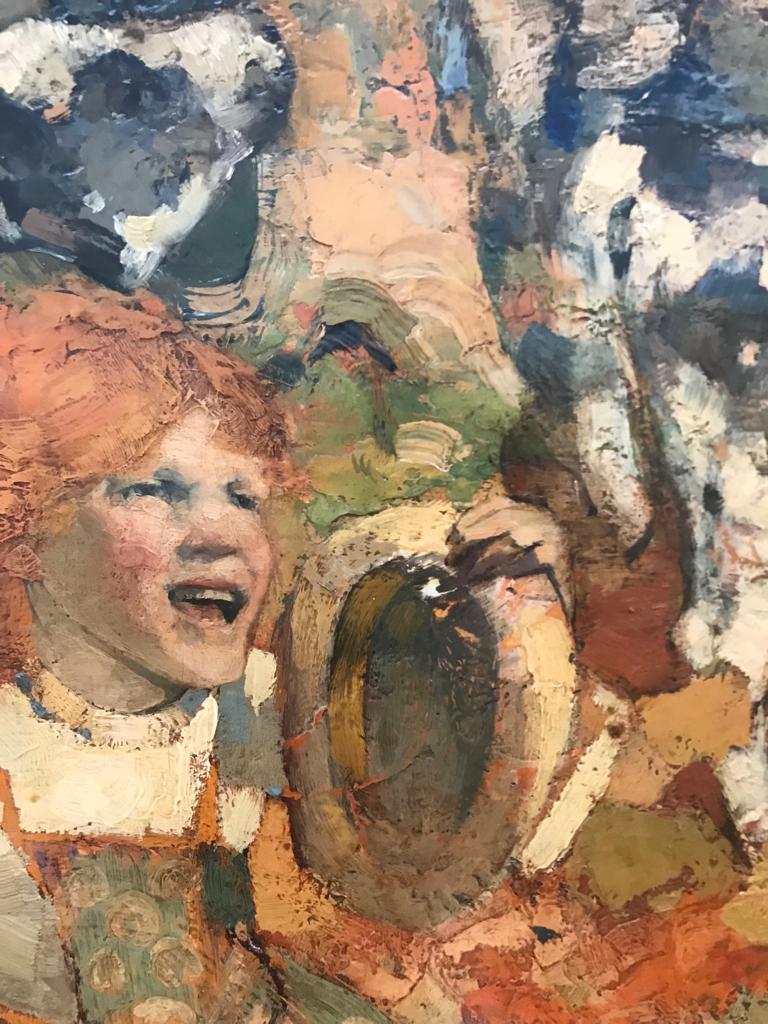Art which transports you to Another Place
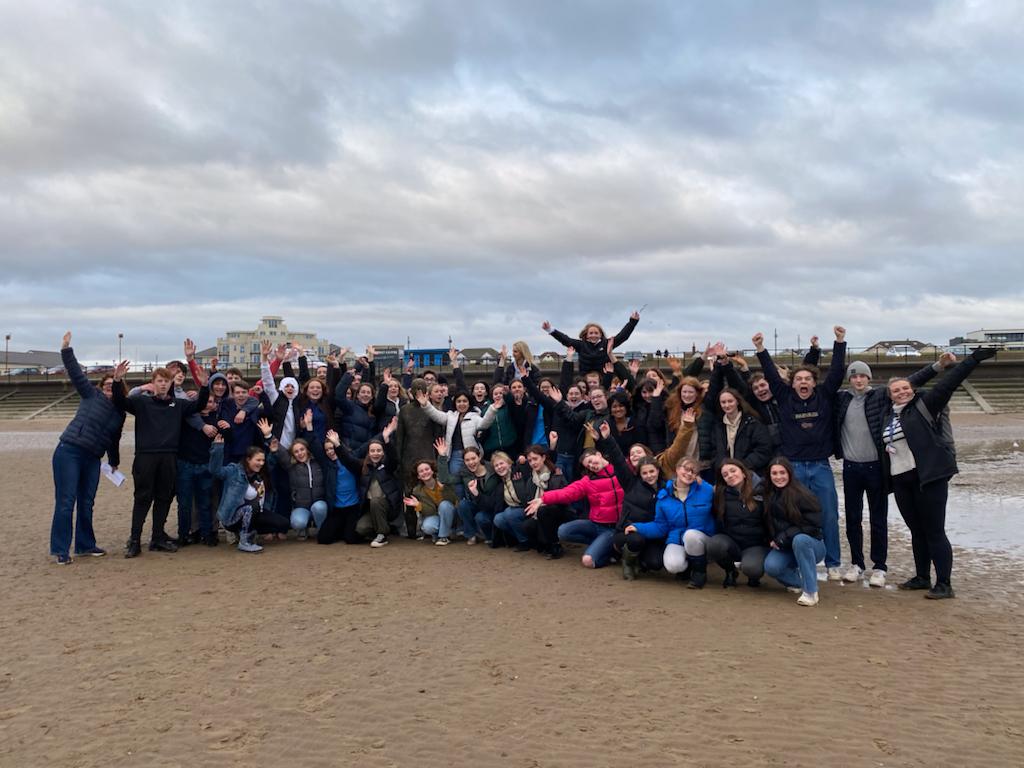
GCSE students HELENA MCMURRAY And FRANCESCA FAULKS were inspired during an art trip to Liverpool which took in two amazing galleries and Antony Gormley's stunning modern sculpture Another Place, on Crosby Beach, made up of 100 cast iron figures facing the sea
OUR wonderful trip to Liverpool further enhanced our understanding and inspiration for our GCSE theme of Lock. This inspiration was taken from the three sites we visited, as well as from the city itself. Early in the day and were already taking pictures out of the windows on the buses of anything related, including derelict buildings and closed shops. Once we arrived, we first went to Tate Liverpool, where we experienced such works as JMW Turner and Frances Hodgkins, which allowed us to explore different takes on our theme and think about the directions in which we ourselves wanted to take our work.
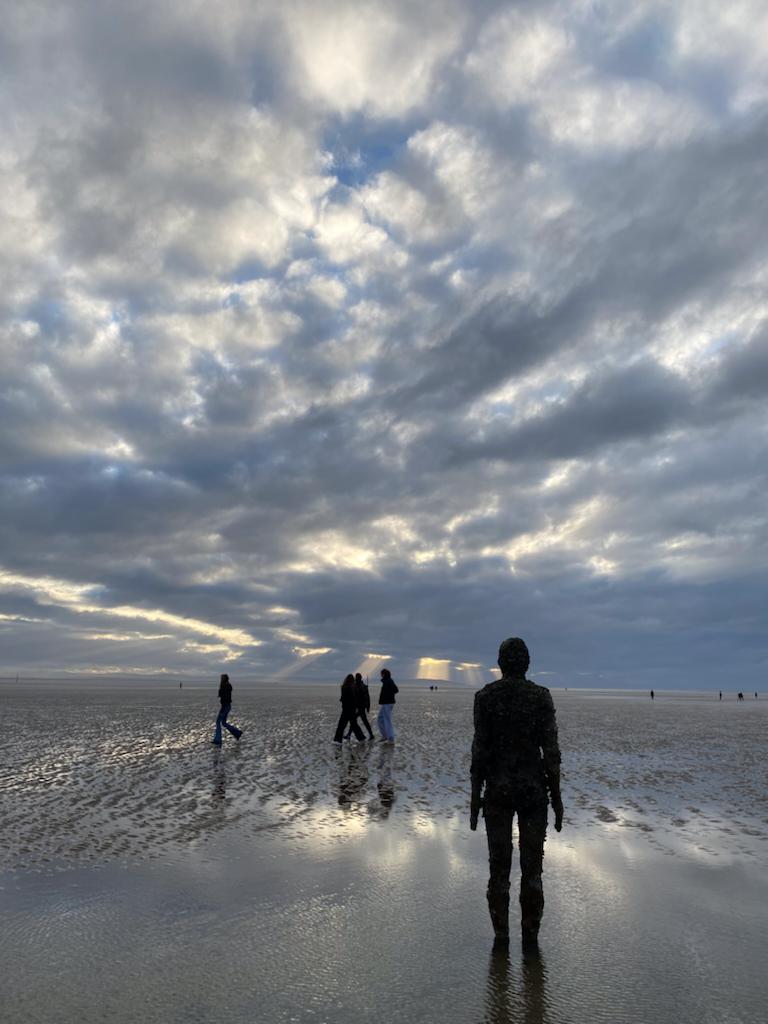
After lunch, we walked across to the Walker Gallery, making sure to take many pictures on the way of padlocks locked onto the railings of a bridge - many engraved with the names of couples wanting to demonstrate their commitment to one another.
The Walker Gallery contained many more classical works but also had a modern art section. We saw sculptures and busts as well as paintings, casts of metopes, and even a section on historical dress. Here there were such artists as Lucien Freud, Andy Warhol and Frederick Cotman. This offered us a very different experience from the Tate - further reinforcing our learning and knowledge of the subject.
Following this, we got back into the bus, tired but excited, to get to Crosby Beach.
Antony Gormley’s “Another Place” consists of 100 cast-iron, life-size figures spread out along three kilometers of the foreshore, stretching almost one kilometre out to sea. The Another Place figures are made from casts of the artist's own body standing on the beach, all of them looking out to sea, staring at the horizon in silent expectation. Antony Gormley said the installation was the poetic response to the individual and universal sentiments associated with emigration – sadness at leaving, but the hope of a new future in Another Place.
When we arrived at Crosby Beach in the late afternoon, the sun was beginning to set and it created this amazing view of the beach - the sun was shining through the clouds onto the statues. We loved this part of the trip because it was a great way to finish off the day with everybody getting to interact more with the art and its surroundings. The beach had a lot of wildlife and shells (which many collected and took home) and we all enjoyed running around and exploring.
We found the statues symbolic and interesting as they all looked out into the distance; they were all covered with molluscs and seaweed from being covered up when the tide is in. All of the sculptures created an optical illusion as their silhouettes looked like real people on the beach.
Overall, the trip to Liverpool was a great day out full of fun, interesting pieces of art and a lot of inspiration for our exams!
